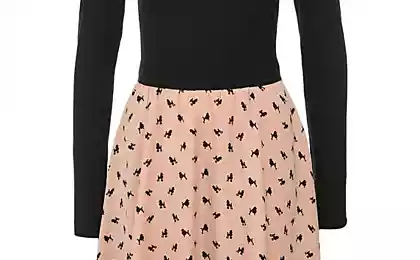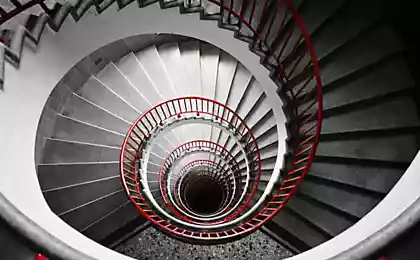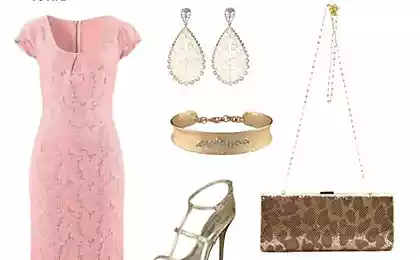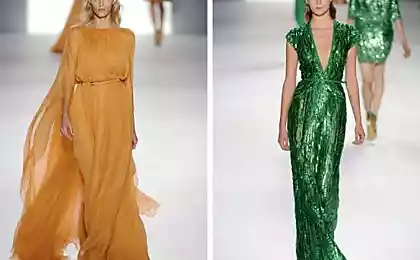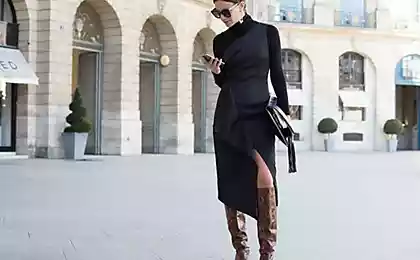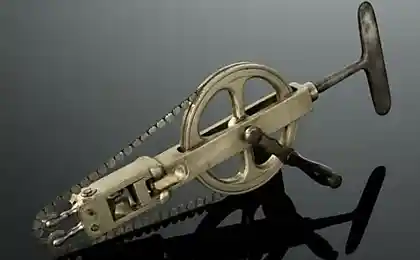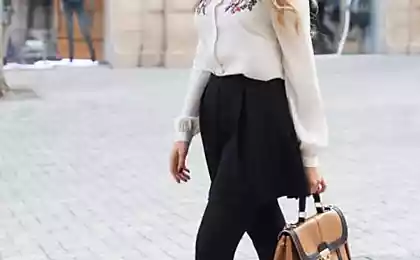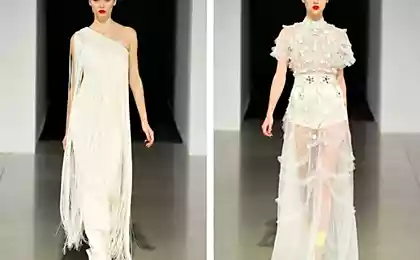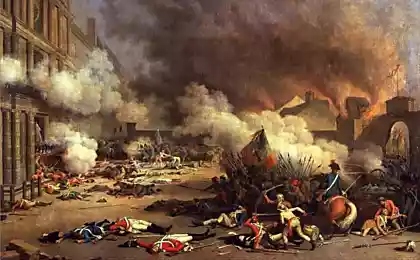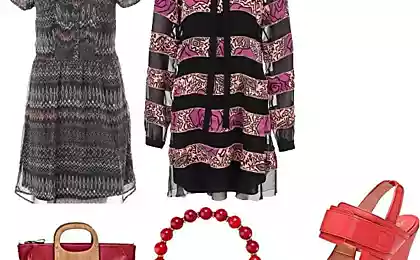7751
Dresses for boys in the 19th century
In the 19th century boys wear dresses. Why?
Does anyone know the answer to the question?
Perhaps the answer lies in the memoirs of F. Yusupov, where he wrote the following: "Wearing me, my mother was expecting a daughter, and baby pink stitched dowry. My mother was disappointed and, to be comforted, to five years girl dressed me. I'm not upset, and even, on the contrary, was proud ».
Photo Tsarevich Alexei
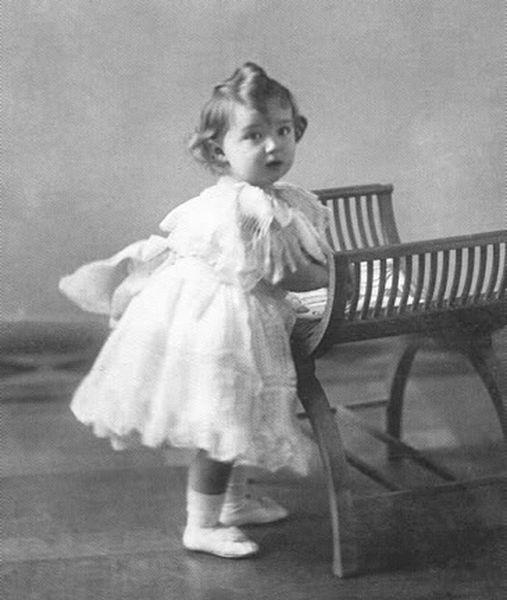
and dress like a boy in 1855.
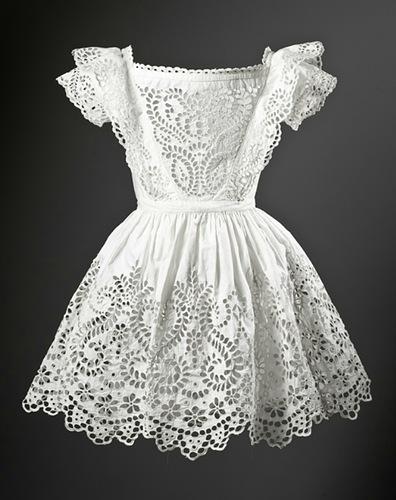
And his father.
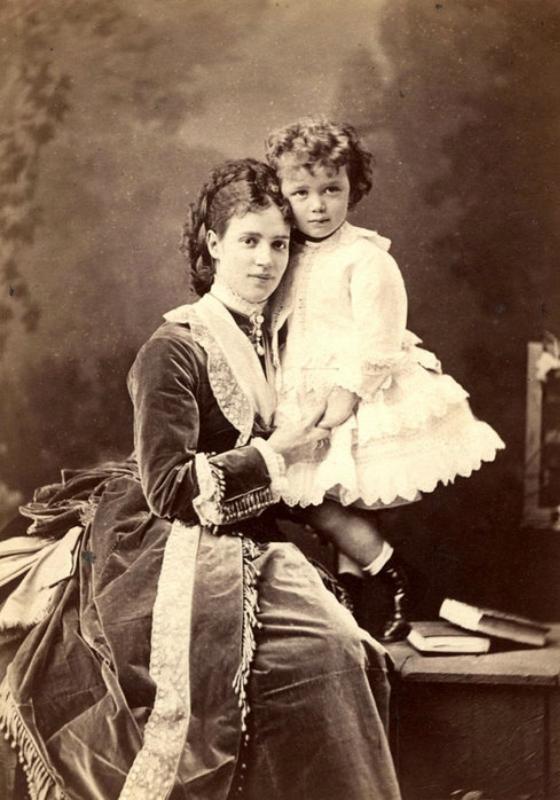
Maria Feodorovna with her son Niki (Nicholas II) 1870
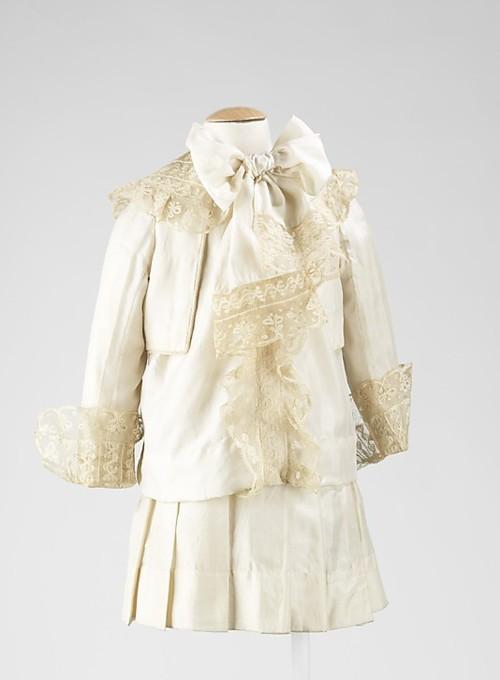
1893
This tradition has persisted since the mid 16th century and up to about the 1920s.
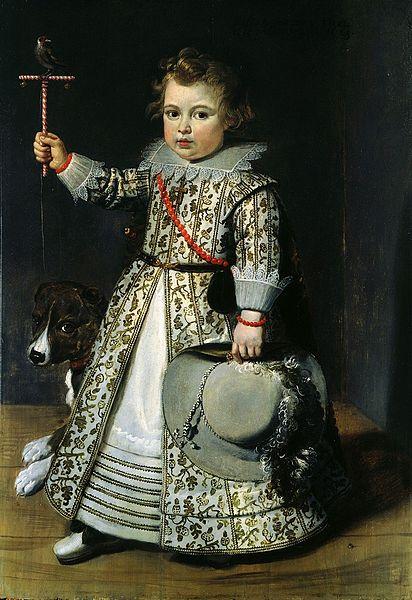
Flemish boy in a dress, 1625
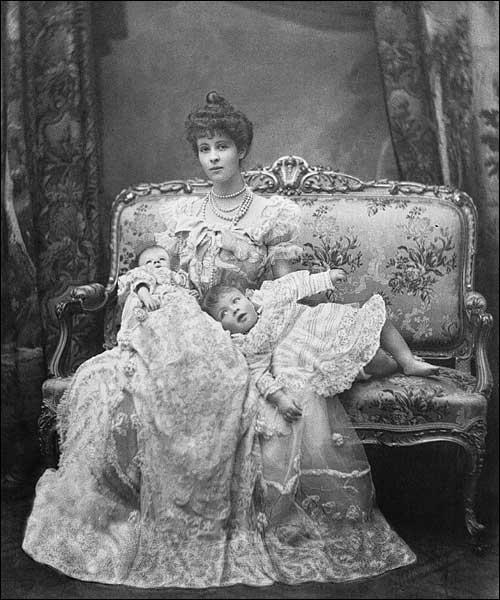
Consuelo Vanderbilt and his sons. 1899
In dresses boys did not feel defective or improperly dressed - so there were many, if not all. As today we are with you do not confuse the girl in trousers.
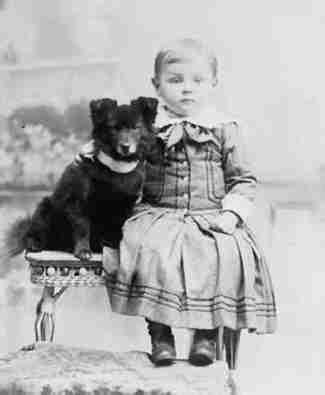
Although the kids, of course, looking forward to when they will be allowed to wear pants, because then they would have been considered "adult". On the day when the baby changed to dress pants or bridzhiki could even arrange a holiday - to mark the transition from infancy to adolescence. In Western Europe, the boys wore dresses to four - eight years.
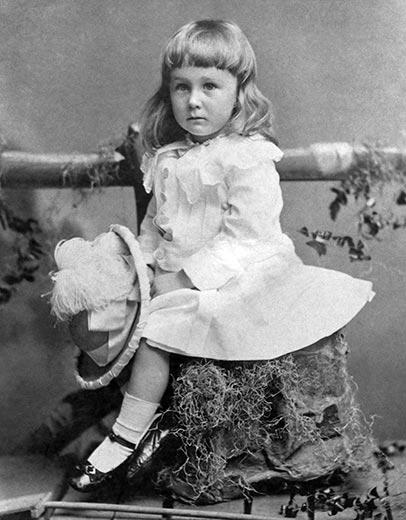
Franklin Roosevelt
Under dresses often wore trousers, usually decorated with lace.
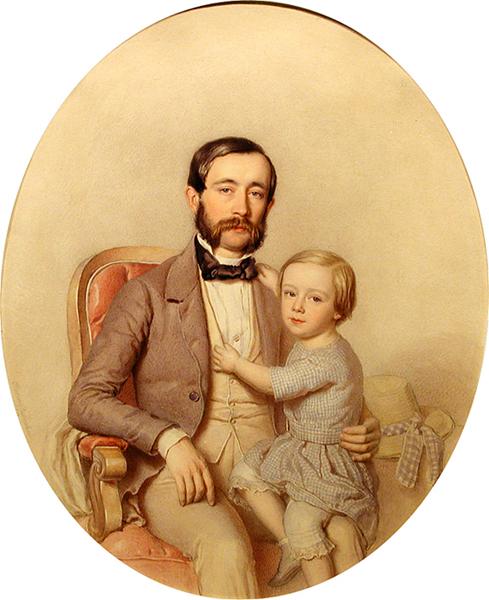
Decker. Father with child
It was believed that while the boys were in the care of his mother, they were wearing dresses, but as soon as they passed into the care of men - father or teacher, they wore pants.
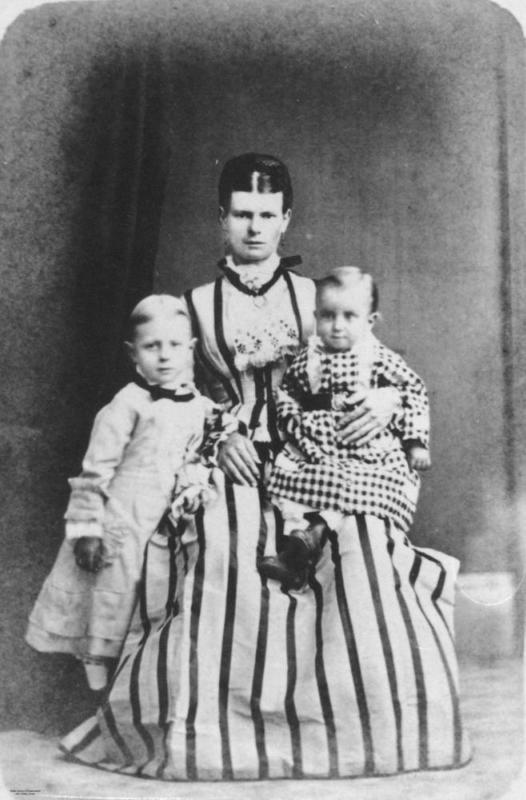
Write that the main reason that boys wore dresses - because of the natural physiological needs of the infant. Besides, it was easier to sew dresses navyrost, especially at a time when clothes were very expensive.
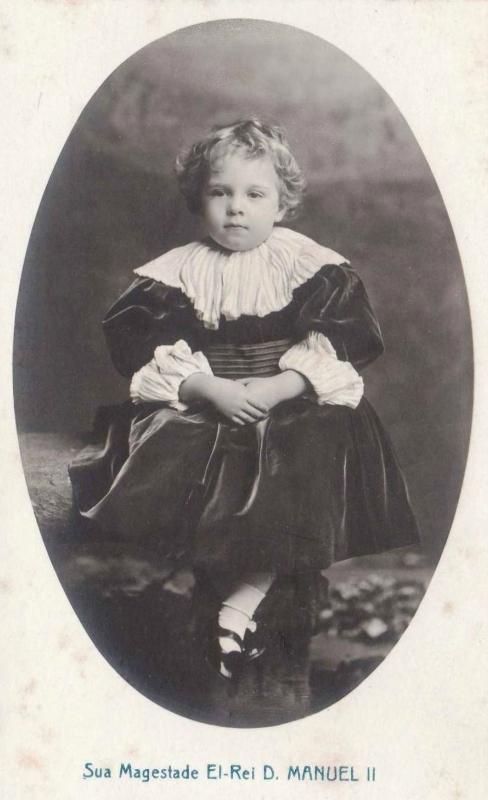
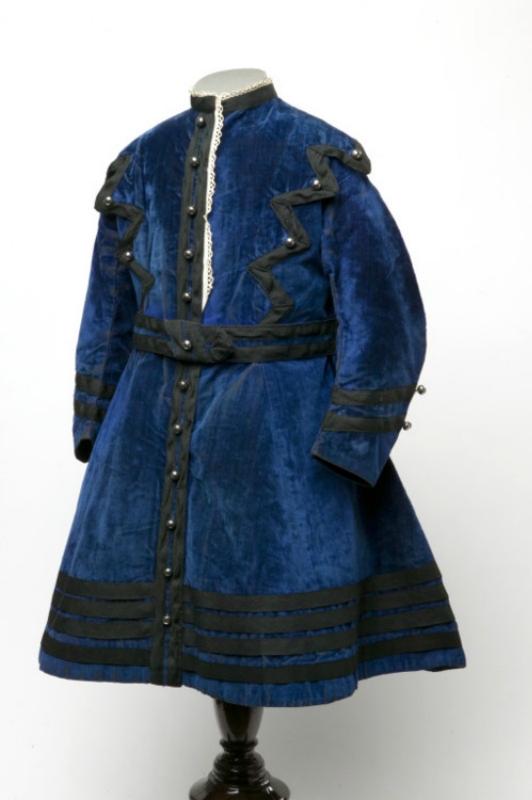
1868
In the XIX century was also popular Russian version of the long shirt-like tunic that is worn over long trousers or trousers to his knees. This type of clothing worn by the boys from 2 to 5 years, or even older.
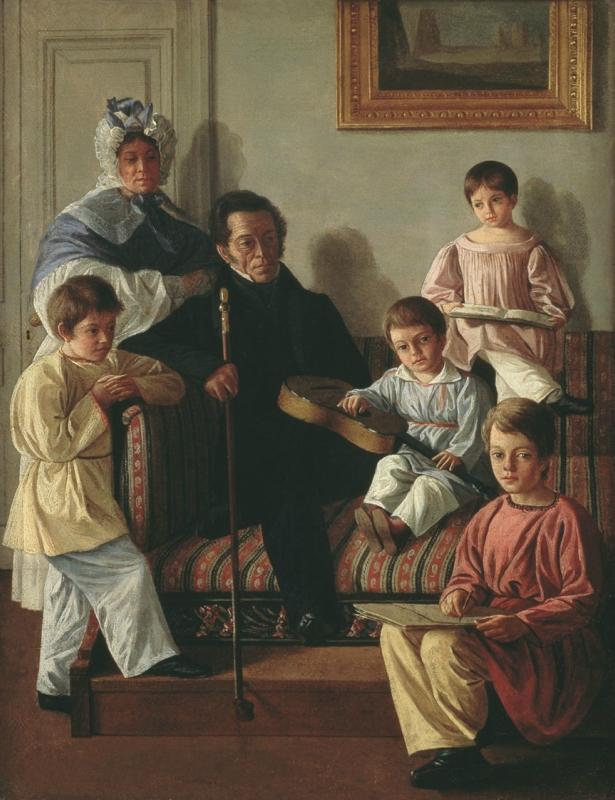
The portraits of boys dress is not easy to distinguish from the girly. But we will try. In boys dresses were often made in a bright or dark colors than in girls, and the tissues were denser and stronger.
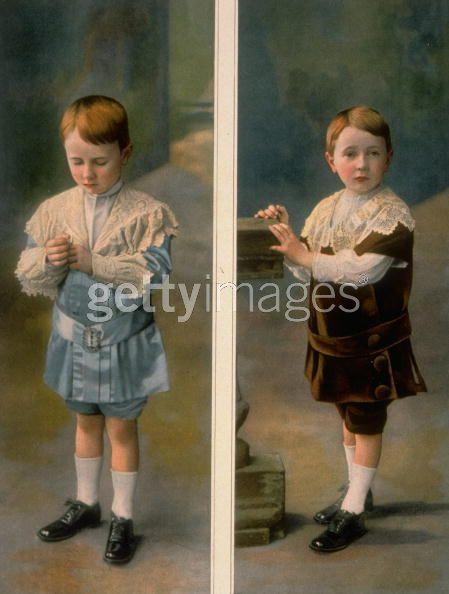
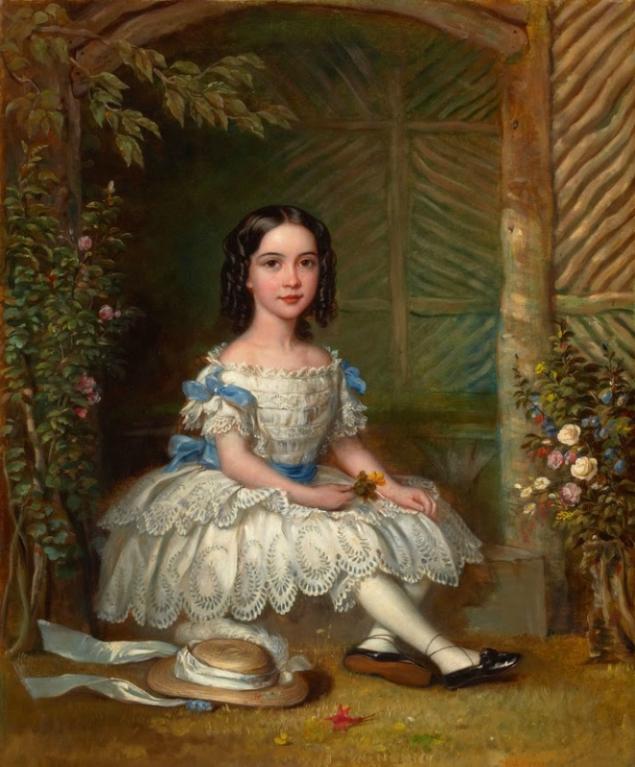
For comparison, the left - the boys on the right - the girl.
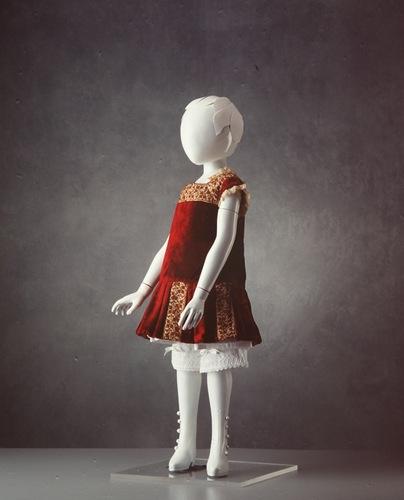
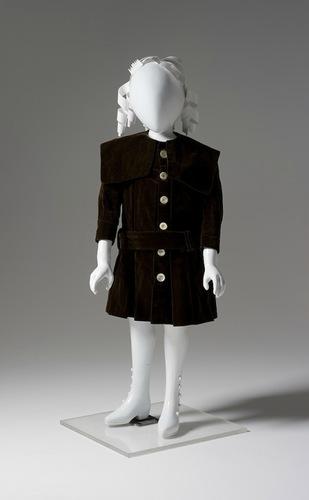
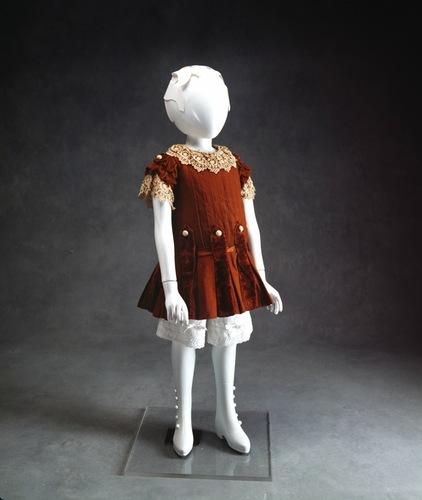
Boyish dresses late 19th century.
The most popular finish boys dresses - lace collar and cuffs.
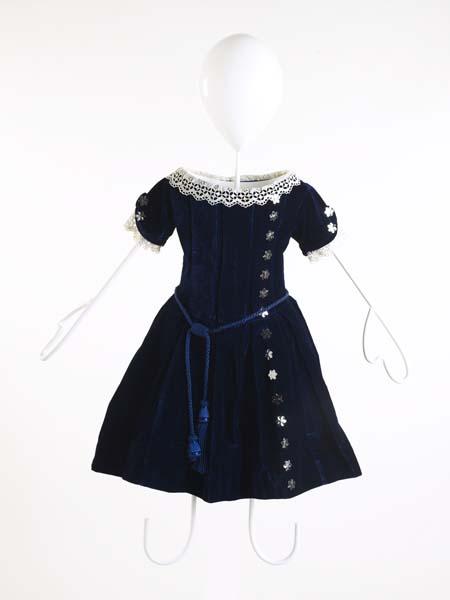
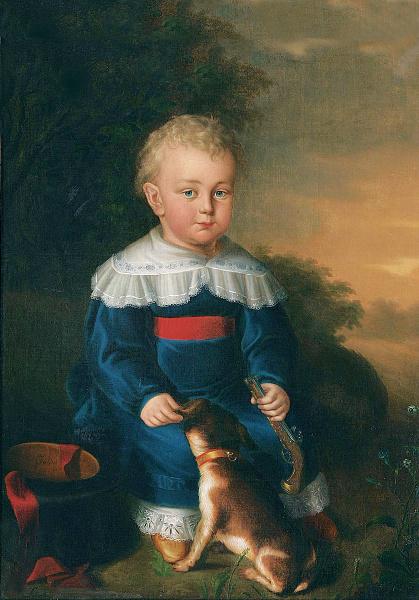
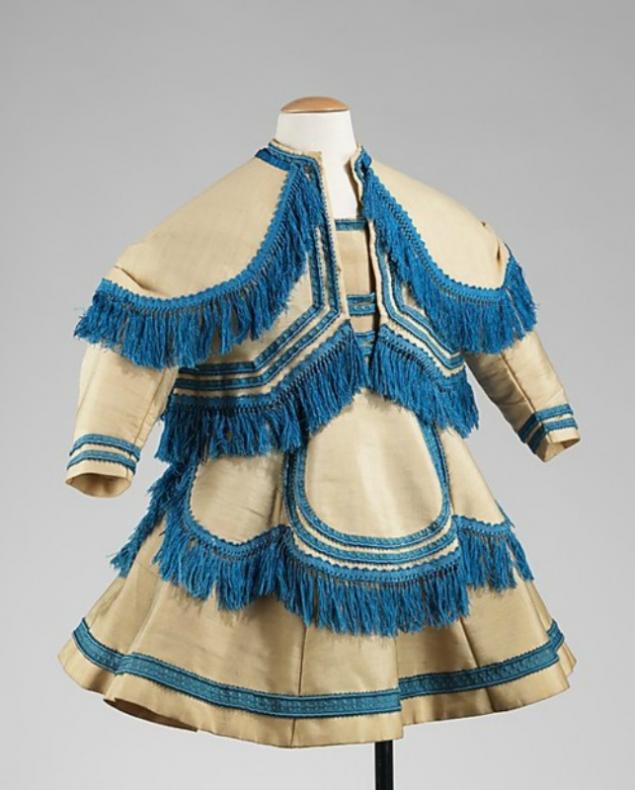
Boy's ensemble, 1869
Himself decor dress was more discreet and graphically.
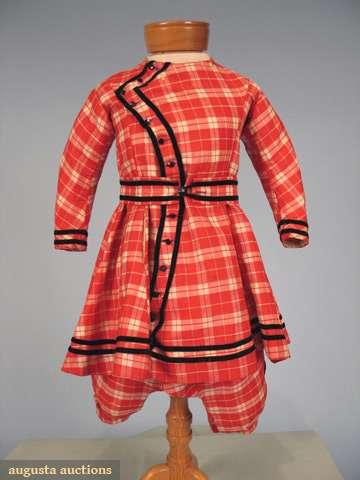
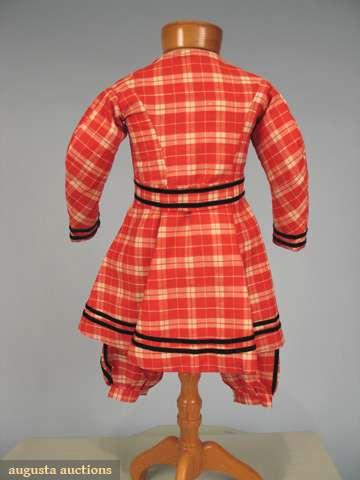
BOY'S TARTAN FROCK, BELT & PANTS, 1860s
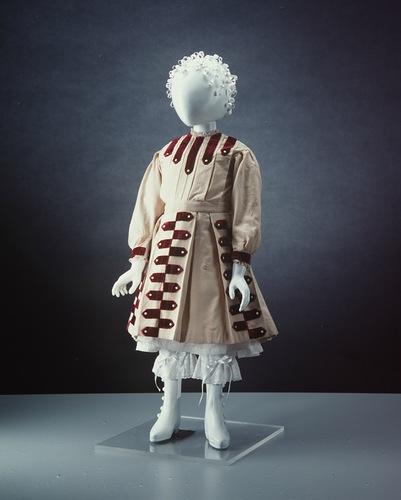
Boys dress wool flannel trimmed with cerise velvet tabs and small pearl buttons England c. 1860
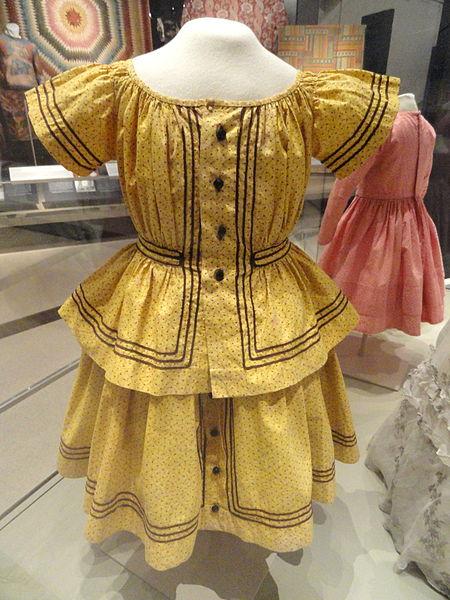
Boy's day dress, Ontario, Canada, 1862.
Often dress was decorated with metal buttons.
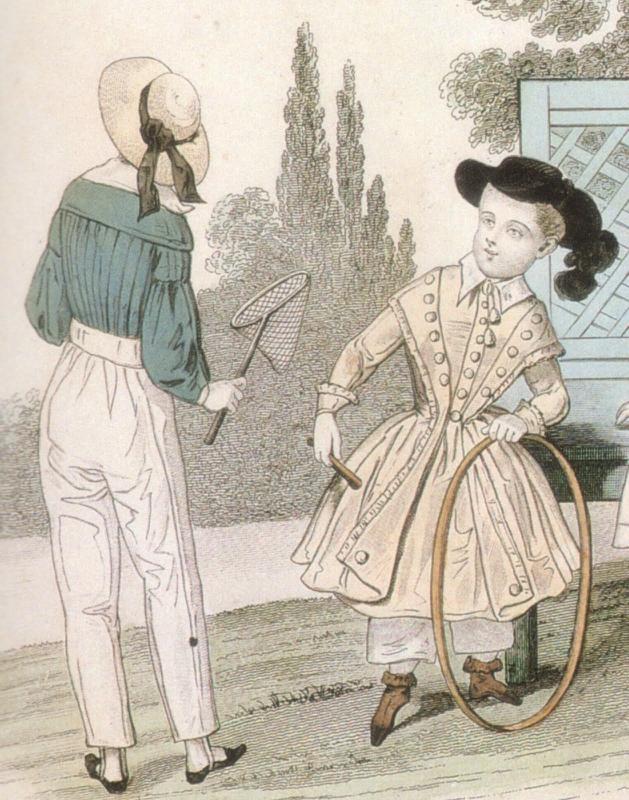
Bodices dresses for girls are usually copied adults dresses and elegant dresses were still deep cut.
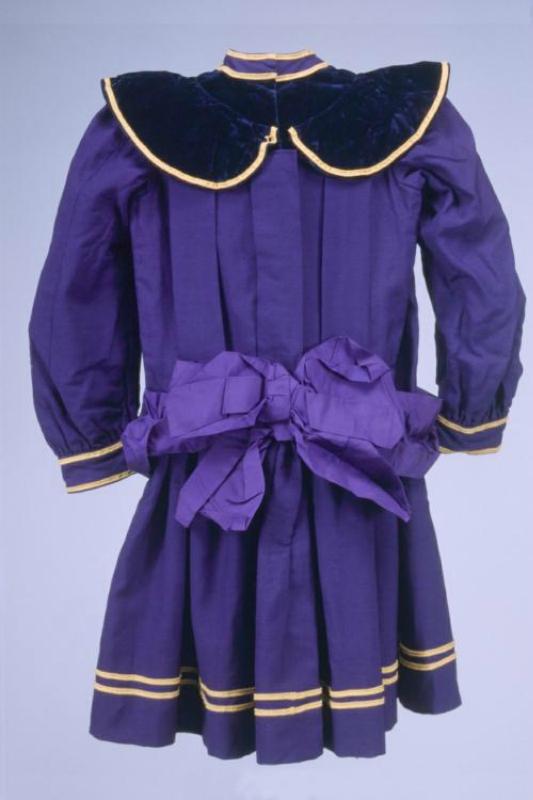

Dress for boys 1875
The boys did neckline, cut-out was under the neck, and the clasp was often on the front of that girl was rare.
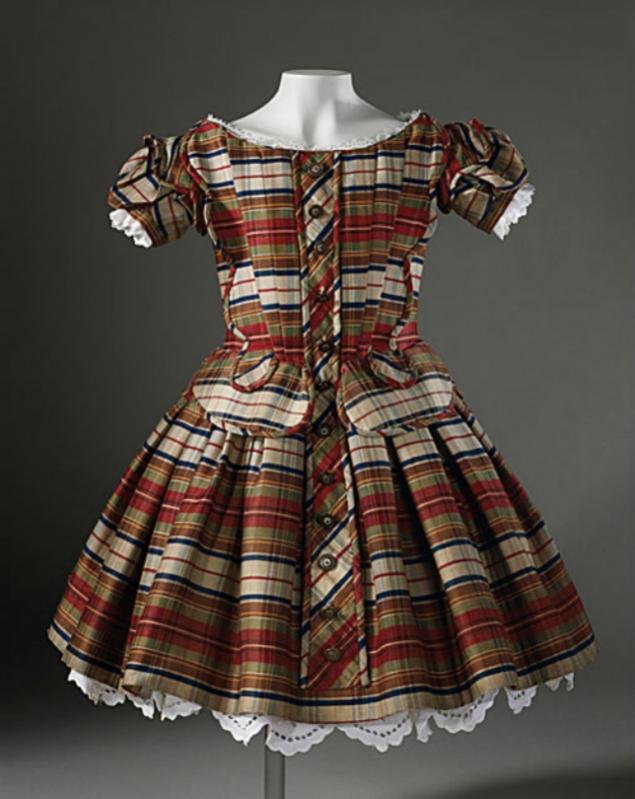
Boy's Dress 1864
Well, if on a style you still can not define - who is in front of you - a boy or a girl, it remains the last option - to understand this hairstyle. Girls from childhood grew their hair parted in the middle and if you did, then the middle, boys usually had bangs and side parting.
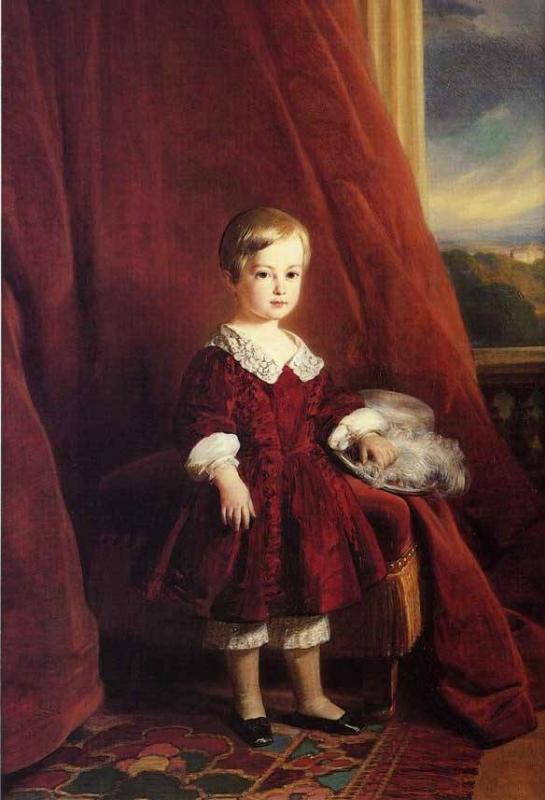
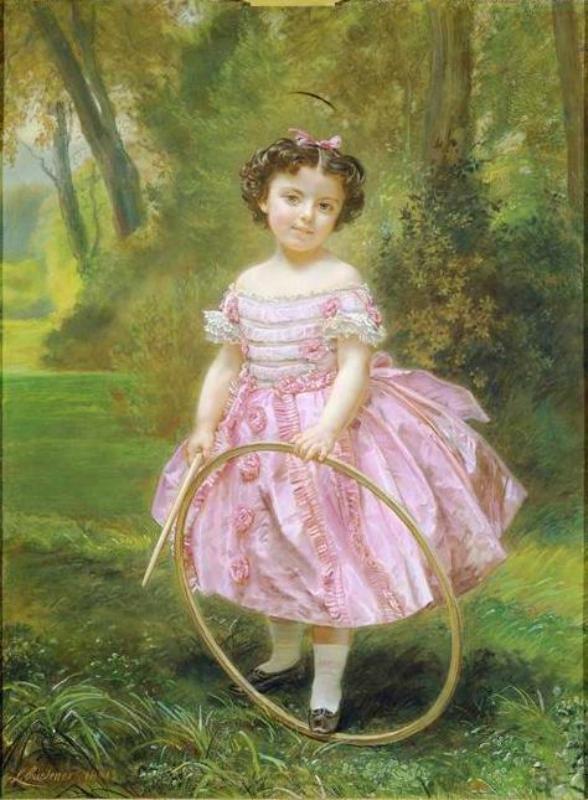
After World War I dress for boys met less and less, and now this piece of clothing was only in infants as a baptismal shirt.
Source: la-gatta-ciara.livejournal.com
Does anyone know the answer to the question?
Perhaps the answer lies in the memoirs of F. Yusupov, where he wrote the following: "Wearing me, my mother was expecting a daughter, and baby pink stitched dowry. My mother was disappointed and, to be comforted, to five years girl dressed me. I'm not upset, and even, on the contrary, was proud ».
Photo Tsarevich Alexei

and dress like a boy in 1855.

And his father.

Maria Feodorovna with her son Niki (Nicholas II) 1870

1893
This tradition has persisted since the mid 16th century and up to about the 1920s.

Flemish boy in a dress, 1625

Consuelo Vanderbilt and his sons. 1899
In dresses boys did not feel defective or improperly dressed - so there were many, if not all. As today we are with you do not confuse the girl in trousers.

Although the kids, of course, looking forward to when they will be allowed to wear pants, because then they would have been considered "adult". On the day when the baby changed to dress pants or bridzhiki could even arrange a holiday - to mark the transition from infancy to adolescence. In Western Europe, the boys wore dresses to four - eight years.

Franklin Roosevelt
Under dresses often wore trousers, usually decorated with lace.

Decker. Father with child
It was believed that while the boys were in the care of his mother, they were wearing dresses, but as soon as they passed into the care of men - father or teacher, they wore pants.

Write that the main reason that boys wore dresses - because of the natural physiological needs of the infant. Besides, it was easier to sew dresses navyrost, especially at a time when clothes were very expensive.


1868
In the XIX century was also popular Russian version of the long shirt-like tunic that is worn over long trousers or trousers to his knees. This type of clothing worn by the boys from 2 to 5 years, or even older.

The portraits of boys dress is not easy to distinguish from the girly. But we will try. In boys dresses were often made in a bright or dark colors than in girls, and the tissues were denser and stronger.


For comparison, the left - the boys on the right - the girl.



Boyish dresses late 19th century.
The most popular finish boys dresses - lace collar and cuffs.



Boy's ensemble, 1869
Himself decor dress was more discreet and graphically.


BOY'S TARTAN FROCK, BELT & PANTS, 1860s

Boys dress wool flannel trimmed with cerise velvet tabs and small pearl buttons England c. 1860

Boy's day dress, Ontario, Canada, 1862.
Often dress was decorated with metal buttons.

Bodices dresses for girls are usually copied adults dresses and elegant dresses were still deep cut.


Dress for boys 1875
The boys did neckline, cut-out was under the neck, and the clasp was often on the front of that girl was rare.

Boy's Dress 1864
Well, if on a style you still can not define - who is in front of you - a boy or a girl, it remains the last option - to understand this hairstyle. Girls from childhood grew their hair parted in the middle and if you did, then the middle, boys usually had bangs and side parting.


After World War I dress for boys met less and less, and now this piece of clothing was only in infants as a baptismal shirt.
Source: la-gatta-ciara.livejournal.com




